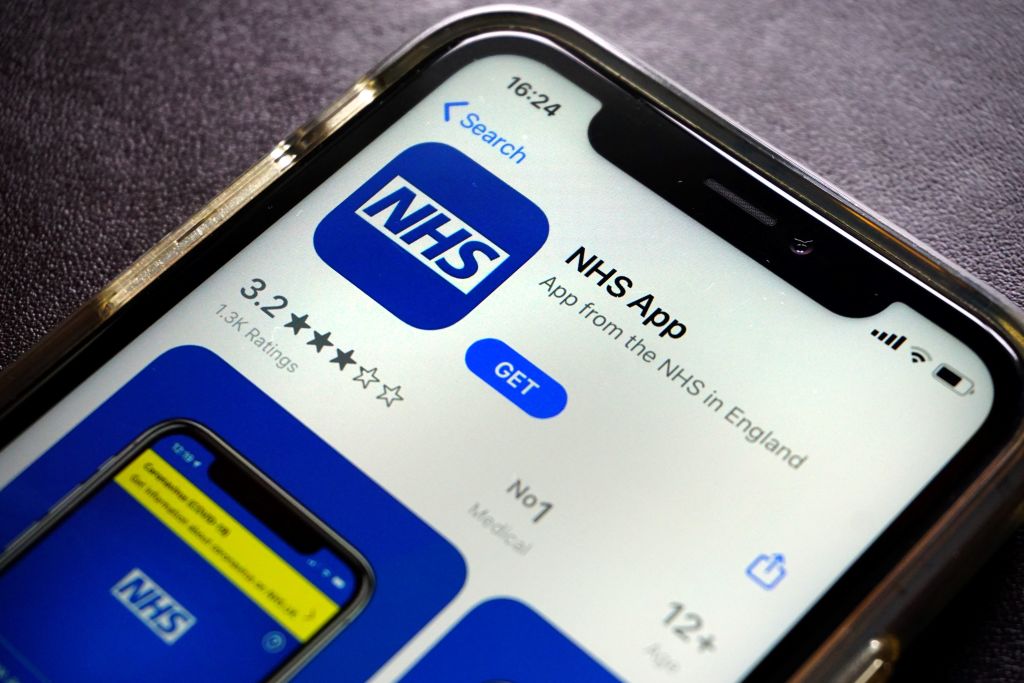As a doctor working in the NHS, I’ll never forget the early days of the coronavirus pandemic. There was a tide of death rolling over Europe from northern Italy, inexorably getting closer and closer to us every day. The media was full of scenes of Italian panic; ventilators in corridors, people left to die and a health service on its knees. The mood was understandably sombre. This was a crisis like never before. Protocols were drawn up, of who to save and who to let die.
At crisis meetings, the general theme was that there was currently no capacity for dealing with the expected numbers of sick. The talk was of a situation where there would be dead and dying in every corridor, in our operating theatres and filling our wards. Doctors from every specialty were asked to stop their routine services to release as many staff members as possible to deal with this coming disaster. Flattening the curve was what it was all about. Allowing the disease to spread at a controllable rate throughout society so that the health service could cope.
Once I had recovered after contracting coronavirus myself, I was despatched straight to the medical ward to help at the front line. Thankfully, though, there were no patients. The patients there before the crisis started had all been transferred elsewhere to make room for infected coronavirus cases that never arrived in any large number. Field hospitals were opened, and while I cannot speak for all of them, the ones in Wales – built hurriedly and at great expense – were not really needed.
Was this because lockdown was effective? If so, it was just as well; throughout this period, a substantial part of the workforce was self-isolating due to friends or family having coughed near them, a colleague or friend who turned out to be Covid positive had been in contact with them at some point or because their child had a runny nose. Occupational health was overwhelmed and went into ‘take two weeks off’ mode. Some people went through several cycles of two weekly breaks, whether or not there was a positive Covid test.
So where are we now? Services are nowhere near back to normal and perhaps never will be. The curve was flattened hugely and it appears to be the case (we hope) that some form of herd immunity is indeed the best way forward (even if the rising number of cases reported today is a reason to be cautious).
Our wards were not overwhelmed with infected patients and I never did need to man a ventilator. But while pubs and restaurants have been able to reopen to some degree of normality and schools are back, waiting lists are growing at an impossibly fast rate. Why? Because we need ‘socially distanced’ appointments, time to clean and be as safe as possible for patients, while at the same time seeing hardly any of them. Any attempt to increase the number of patients is met with horror; what about the patients? What about their safety?
Our patients call with deteriorating eyesight and we have no clinic slots to put them in without cancelling someone else. Otherwise socially distancing rules could be compromised. The cataract waiting list has now grown. And in the meantime, patients’ lives are blighted by conditions which, in normal times, could be easily treated.
Much has been made of the switch to telephone consultations. This might work for GPs, but for ophthalmologists it isn’t the answer. We can’t do anything useful over the phone. It seems to count as some sort of activity on a piece of paper somewhere though and for that reason they continue. There is talk of extra clinics in the evenings and on weekends in order to get through the backlog; but even this might not be enough. The waiting room, usually rammed with people wall to wall, now looks very empty. Will we ever get back to normal?
The danger is that many workers become accustomed to performing at a fraction of previous activity that it will be increasingly difficult to get back to normal; not because of Covid but because of a change in our work ethic and culture. Staff members apply to swap duties, fail, and then occasionally develop a mysterious illness that means they have to have paid time off. I met one staff member, whom I hadn’t seen in months and who was meant to be shielding at home, in the checkout queue at Tesco. It’s a constant battle filling the rota for the clinical activity that we are allowed due to large numbers of unexpected absences. And all the while people are potentially going blind at home. There is a visual price to be paid for ongoing Covid restrictions.
The NHS is the greatest gift given to us by our forefathers. It is rightly celebrated and applauded. But at its seeming moment of greatest triumph it is at its most vulnerable. Unless we get back to work and do what we do best, casting aside the siren call to take advantage of a highly abnormal situation, it is doomed. Much of the danger of the virus itself appears to have passed. This is not Italy. This is not Wuhan. This is the NHS and we need to get back to work again.
Dr Gwyn Williams is a consultant ophthalmologist working at Swansea Bay University Health Board and the Royal College of Ophthalmology’s Welsh Regional Educational Advisor






Comments